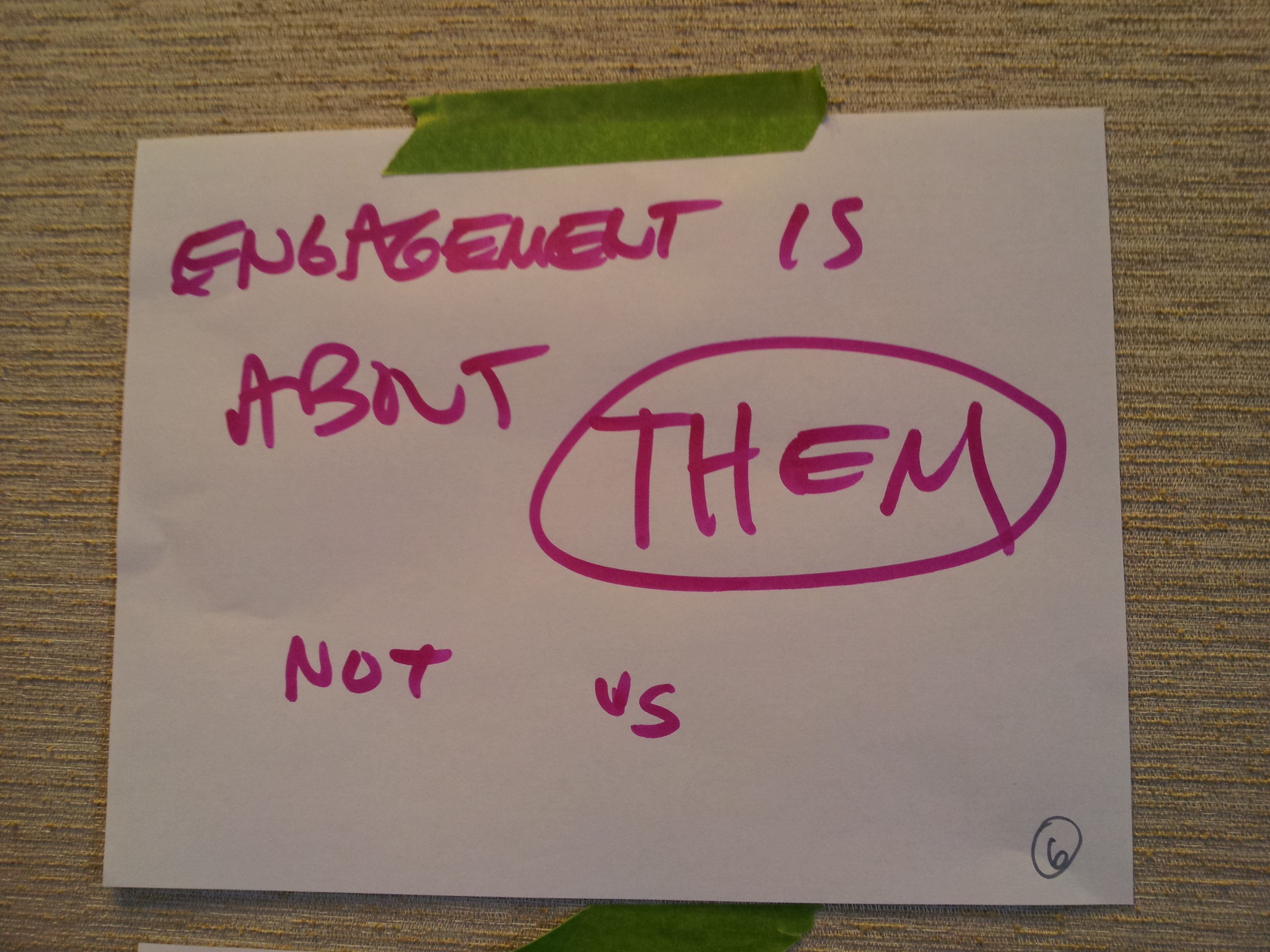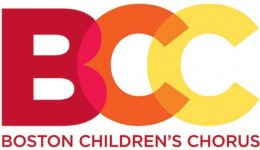Crisis is everywhere. We are surrounded by it. It’s in the news headlines, in the text we just got from a family member and even in the daily operations of our organizations. Crisis can be both internal and external, personal and public. Personally, it feels as if we are surrounded yet distant from this word and its meaning. When it is not taking place in our backyard, we often don’t think or feel the effects of a crisis so intensely. The ways in which we react to crisis situations are shaped by our identity. I believe organizations have … [Read more...]
Saying What We Mean
Last January, at NAS’ Chief Executive Program convening The New Nature of Relevance, I listened as participants discussed the language we use to communicate about the nonprofit cultural field. Some felt that our current language can intimidate and confuse those who are not familiar with the sector. “Charity” can make us sound needy and helpless, and “nonprofit” makes us sound frivolous and trivial. When I tell people I work in the nonprofit sector, I have often been asked if I earn a salary. These experiences have me thinking about whether we … [Read more...]
A Framework for Meaningful Engagement
Editor’s note: As part of our blog event for The Summit at Sundance, we have invited participants in The Chief Executive Program to frame each of our problems to solve. Here, John Wetenhall poses a series of questions for thinking about the problem: Engage users/customers/stakeholders as true collaborators in shaping an institution's agenda. Beyond any fiscal challenges that cultural organizations may face, the core of what we do involves a meaningful, resonant and personal relationship with every human being who engages with our form of … [Read more...]
Committing to Engagement
Editor’s note: Over the next two weeks, we’ll feature posts around the final convening of our Chief Executive Program, The Summit at Sundance. We invite you to participate in an online discussion of four major issues facing the cultural field. In this post, Theresa Remick introduces the third problem statement. Problem to solve: Engage users/customers/stakeholders as true collaborators in shaping an institution’s agenda. Customers are shifting from passive consumers to active collaborators, and many desire experiences designed for and … [Read more...]
Creating the 21st Century Board
Editor’s note: Over the next two weeks, we’ll feature posts around the final convening of our Chief Executive Program, The Summit at Sundance. We invite you to participate in an online discussion of four major issues facing the cultural field. In this post, Alorie Clark introduces the second problem statement. Governance is a certainly a hot topic for the nonprofit sector. Many organizations are finding that the traditional governance model isn’t working so well, sometimes leading to more stress than success. When considering all that … [Read more...]
What’s your mandate?
My fellow cultural leaders, I am here today humbled by the task before me, grateful for the trust bestowed by ArtsJournal and mindful of the sacrifices borne by my predecessors. We live in a time of unprecedented challenge. And, as we navigate the rough seas of uncertainty, we must set our course toward a guiding light: the will of the people – our mandate. (Applause.) There have been many conversations here in the U.S. in recent weeks about mandates. What is President Obama’s mandate? What is Congress’ mandate? It’s a feature of every … [Read more...]
Stories from the Field: Boston Children’s Chorus
Frederick Douglas once said “It is easier to build strong children than to repair broken men.” That quote has resonated with me since the day I discovered it, and I would imagine Hubie Jones had a similar mantra in mind when he founded the Boston Children’s Chorus nine years ago. The potent mental and emotional memory of Boston’s racial past attributes to the city’s current racial tension and siloed communities. By investing in the city’s youth, Boston Children’s Chorus is working to dispel the past, and progress toward an integrated future. By … [Read more...]
IBM’s Centenary: The Test of Time
This article (IBM's centenary: The test of time | The Economist) is a great reminder (or introduction) to the way in which organizations can limit their opportunities by thinking about their purpose too narrowly. "IBM’s secret is that it is built around an idea that transcends any particular product or technology... Building a company around an idea, rather than a specific technology, makes it easier to adapt when industry 'platform shifts' occur." In the arts the "mission" is the broader "idea" to which arts organizations are committed, and … [Read more...]
Rethinking Capitalism
In this video interview on Rethinking Capitalism, Michael Porter (of Porter's Five Forces fame, among other things) shares an interesting take on the new nature of relevance for organizations in society. Porter argues that the old standby "what's good for business is good for society" that has defined the relationship between U.S. business and society is giving way. He turns this on its head, arguing "what is good for society is good for business." For most people in our sector, the traditional capitalist argument probably never held sway. … [Read more...]
Start With Why, Simon Sinek
I recently heard Simon speak at a Dance NYC conference, and his book is as good a review of the importance of mission (although that's not what it is about) as any I have ever read. You can watch him on TEDx and get a taste of his thinking. Start With Why, Simon Sinek. … [Read more...]







